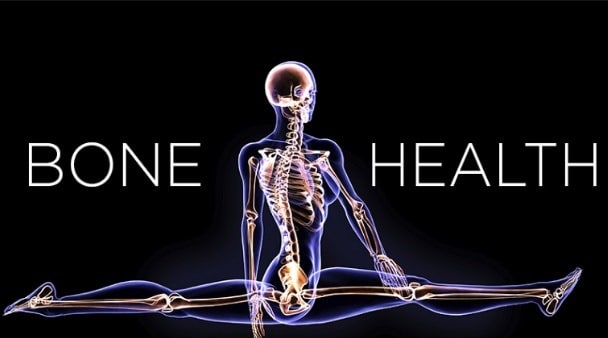Abstract
Obesity accelerates the aging processes, resulting in an aggravation of aging-induced osteoporosis. We investigated the anti-osteoporotic effect of hyperbaric oxygen therapy (HBOT) in obese- and lean-aged rats through measurement of cellular senescence, hypoxia, inflammation, antioxidants, and bone microarchitecture. Obese and lean male Wistar rats were injected with 150 mg/kg/day of D-galactose for 8 weeks to induce aging. Then, all rats were randomly given either sham or HBOT for 14 days. Metabolic parameters were determined. Expression by bone mRNA for cellular senescence, hypoxia, inflammation, antioxidative capacity, and bone remodeling were examined. Micro-computed tomography and atomic absorption spectroscopy were performed to evaluate bone microarchitecture and bone mineral profiles, respectively. We found that HBOT restored the alterations in the mRNA expression level of p16, p21, HIF-1α, TNF-α, IL-6, RANKL, RANK, NFATc1, DC–STAMP, Osx, ALP, and Col1a1 in the bone in obese-and lean- aging rats. In obese-aging rats, HBOT increased the level of expression of Sirt1 and CuZnSOD mRNA and diminished the expression level of HIF-2α and ctsk mRNA to the same levels as the control group. However, HBOT failed to alter catalase and OCN mRNA expression in obese-aged rats. HBOT partially improved the bone microarchitecture in obese-aged rats, but completely restored it in lean-aged rats. Interestingly, HBOT protected against obesity-induced demineralization in obese-aged rats. In summary, HBOT exerts an anti-osteoporotic effect in lean-aged rats and prevents some, but not all the negative effects of obese-aged conditions on bone health. Therefore, HBOT is considered as a potential therapy for aging-induced osteoporosis, regardless of obese status.

